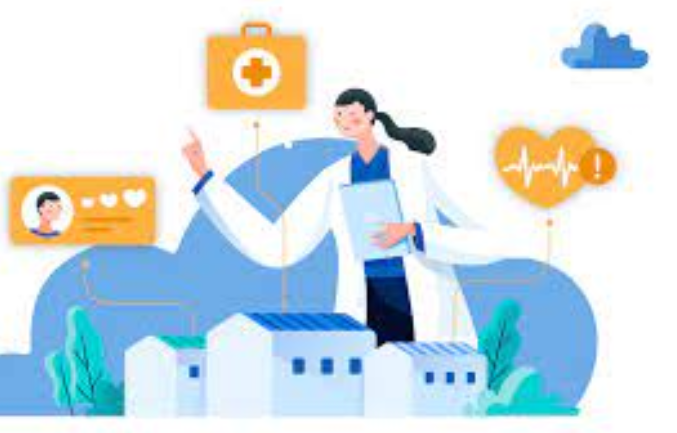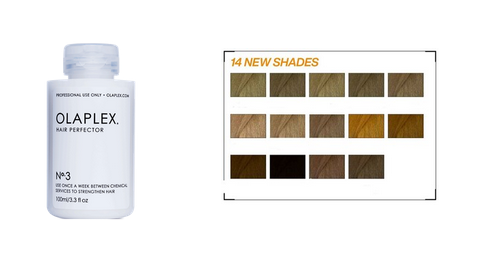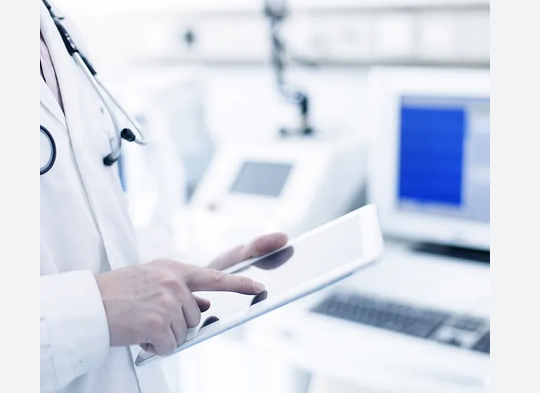In today’s electronic digital era, technologies have influenced quite a few industries, and the health care industry is no exception. Remote Patient Monitoring (RPM) is surely an promising modern technology that permits individuals to be managed slightly, minimizing the need for in-person physician sessions. One more technological innovation that has been CCM changing healthcare is Long-term Attention Control (CCM), which aspires to improve the caliber of look after people with long-term health concerns. Combining both of these technologies can revolutionize the concept of healthcare delivery. With this post, we are going to explore how RPM and CCM are revolutionizing Remote Patient Monitoring.
Increased Health care Delivery
RPM and CCM come together to further improve medical care delivery service through providing individuals together with the needed care and facilitating nearer connections using their medical professionals. Remote Patient Monitoring assists by collecting and transmitting overall health info like blood pressure level numbers, heart rate, and air saturation ranges for the doctor. CCM helps by letting people to obtain custom made treatment, increased frequency of interaction using their medical professional, and adherence to prescription medication. Incorporating those two technology supports the communication and timely proper diagnosis of health issues, in the end leading to enhanced medical care delivery service.
Minimizing Health-related Expenses
One of several important advantages of RPM and CCM is decreasing health care costs, making it less expensive for people. RPM and CCM try to offer less expensive health-related services which allow individuals in order to avoid high-priced healthcare facility sessions and operations. Remote Patient Monitoring helps reduce the expense of treatment by letting medical doctors to identify and keep an eye on health problems in real-time. Long-term Care Administration strives to reduce health care charges by reducing incidences of health-related emergency situations hence minimizing hospitalizations and increasing patient effects.
Improving Patient Satisfaction
RPM and CCM can bring about the larger satisfaction of patients with constant health problems. These people typically come across difficulties for example hospitalization, long healthcare facility keeps, and e . r . visits. Long-term Proper care Managing gives a higher quality of attention with more regular interaction between sufferers and medical doctors, improving patient total satisfaction. Remote Patient Monitoring supports the connection from a affected person and physician by supplying true-time checking, enhancing total satisfaction through providing productive proper care, and appropriate resolution of questions or health conditions.
Earlier Diagnosing Medical Problems
Remote Patient Monitoring technology enables doctors to identify health concerns early, which aids in preventing the fall of the patient’s health, with doctors getting standard true-time wellness info signals, decreasing the probability of well being complications. Combining both offers earlier medical diagnosis and involvement to certain communities where earlier diagnosis and intervention could finally imply the main difference between lifestyle and passing away.
Empowering Patients
Patients become a little more strengthened when they feel far more in control of their own health. Combining RPM and CCM can help people during this process of personal-management throughout the supply of access to help from medical experts. Consequently, individuals can find out more about their own health and medical conditions with payers, physicians, and people collaboratively identifying affected individual-structured treatment ideas.
Simply speaking:
In In a nutshell, RPM and CCM are revolutionizing medical care by boosting health-related delivery, lowering medical care expenses, increasing affected person fulfillment, supplying earlier proper diagnosis of health conditions and empowering patients. These technological innovation have previously started changing health-related, and that we could only anticipate much more advancements in the foreseeable future. The way forward for Remote Patient Monitoring and Persistent Care Control is vibrant, with increasingly more healthcare service providers adopting this technological innovation. As health-related service providers and modern technology innovators carry on and work together, the potential for RPM and CCM technology for revolutionizing healthcare is countless.



